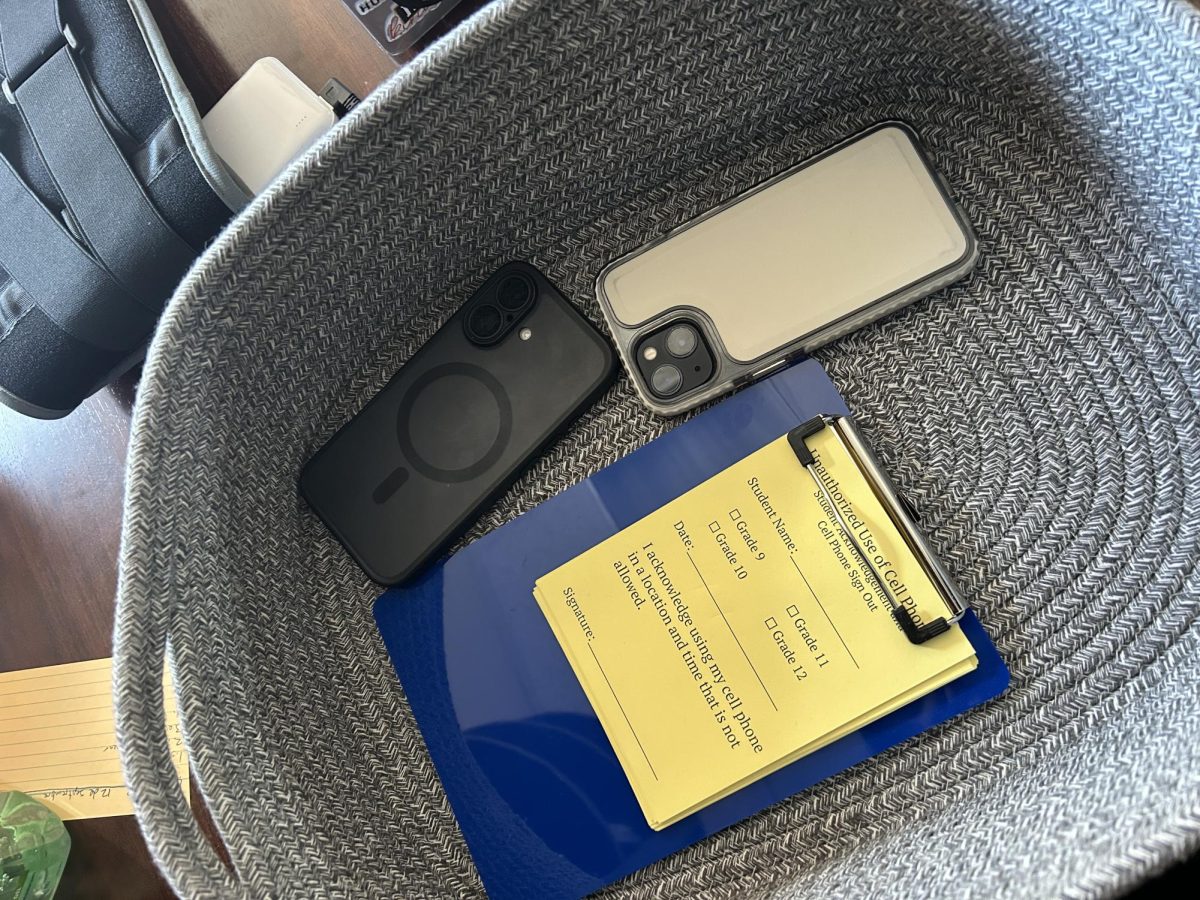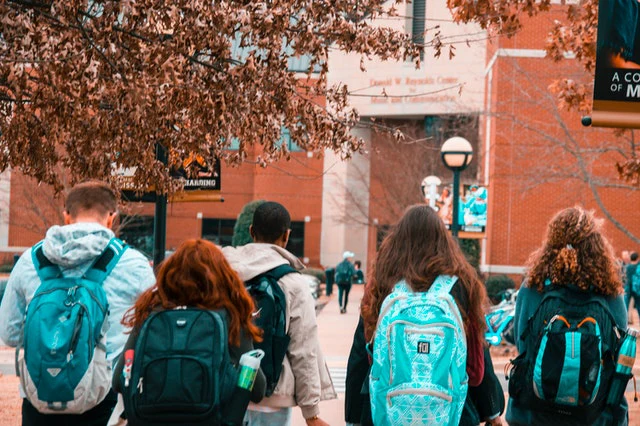How many of us know someone who has been diagnosed with a concussion this fall alone? St. Stephen’s and St. Agnes School has faced a drastic uptick in concussions lately. Last fall there were only 15 concussions total; however, this fall we have seen 28 concussions already. So the question is: why?
When asked what caused this nearly one hundred percent increase in concussions, Director of Health Services and Physical Education Department Chair, Dr. Stanton responded that she “doesn’t really know because they’re not all from sports. They’re from various things, sometimes just accidents that happen.” Dr. Stanton however did mention that soccer and volleyball were the two main sports with the most concussions. The other trend she saw was that people are typically recovered within two to four weeks. So far this fall, there have been no abnormally long or bad concussions. Dr. Stanton said, “for the most part, the concussions heal.”
Even though they have not been severe, multiple students have agreed that their concussions have stood in the way of their schoolwork. Janney Cooper ‘26 says her concussion has “made it more difficult to focus, especially because one of my symptoms was extreme fatigue so concentrating in class and doing homework has been challenging.”
The school does have accommodations in place for concussed students such as, creating an essential work grid for students that need additional support. The teachers fill out a grid that organizes work and sorts out what is most essential for the student to complete. The other thing they do is make sure the students check in with Dr. Stanton daily to discuss their symptoms. This helps her update the academic concussion report.
Some accommodations can be rest breaks when needed, one assessment per day (when they are ready to take assessments), homework accommodations, and occasionally half days for students with extremely high symptoms. Zack Helmreich ‘27 also said that his concussion symptoms made school more difficult. He said, “it was really hard to focus and concentrate on getting anything done.”
In terms of the school’s protocols for handling concussions, the students had surprising feedback. Janney says she thinks, “it would have been beneficial for there to be a protocol in place for teachers having to reach out to their students when they find out their student has a concussion, just to see how they could best support them.” Janney felt that while being fairly accommodated she felt a lack of support from her teachers.
Zack also agreed saying, “I felt like they could’ve had better communication on how to get work done and better communication with the teachers.” It seemed faculty-student communication was one of the larger issues that has to be addressed.
As someone who has had five concussions between the sixth and ninth grades, I know that one of the hardest things when experiencing a concussion can be organization. It is physically hard for a concussed person to plan, reschedule, and set up meetings with teachers to discuss their concussion accommodations. It would be helpful if there was an additional person involved just to help reorganize your schedule and plan out next steps. A good person for this job could be their advisor, who could regularly check in with them as well to see how they are doing.
In contrast, when asked about the school’s protocol, Dr. Stanton praises the teachers saying, “our teachers do have a good understanding of concussions and how and what our protocols are.” Implementing protocols and making sure a student is given the proper care is difficult, “when students aren’t checking in with me daily.” Dr. Stanton gave her insight to the teachers point of view when they have a concussed student. Sometimes, while necessary, pushing back schoolwork for a student would “be a burden” on the teacher, “if the student hasn’t been able to complete an assessment because they’re still recovering. So sometimes that can be hard, and there may be some stress placed on the student.” Even though Dr. Stanton says our teachers are “really good,” she does argue that having a concussed student can be hard on the teacher, it is not just the student that struggles.
The other problem the students reflected on was what happens after you are cleared. When asked if they feel safe in terms of concussion risks in the Saints community Zack responded, “ Not, really. It’s sort of all up to you about how to protect your head, there’s no guidance.” Janney was a little more comfortable saying she felt safe “ in general” but “ I feel a bit more apprehensive about head safety with regard to theater.” Providing guidance and changing things should be done immediately after someone gets concussed, especially inside the school community.
While this unexplained increase in concussions is concerning, Dr. Stanton shared that typically concussion rates are highest in the fall, which means we can look forward to a decrease in the coming months. This year seems to have just been an anomaly, Dr. Stanton says it is simply “the Year of Concussions.”

























